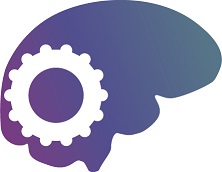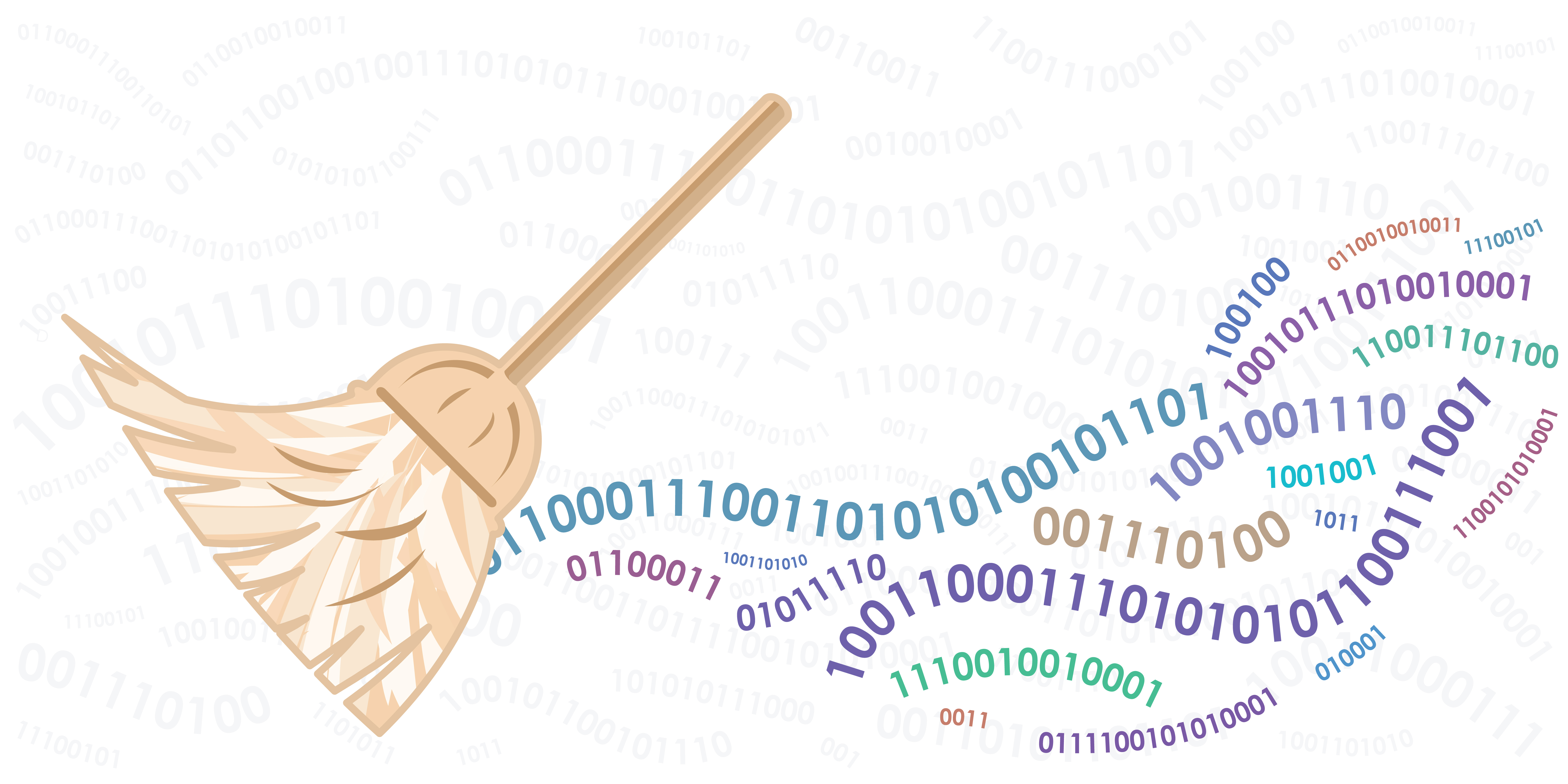Quantification of extravasated blood in the brain and microglial morphologies following midline fluid percussion in male juvenile rats
DOI:10.34945/F5Q304
DATASET CITATION
Rowe R. K., Green T. R F., Murphy S. M. (2023) Quantification of extravasated blood in the brain and microglial morphologies following midline fluid percussion in male juvenile rats. Open Data Commons for Traumatic Brain Injury. ODC-TBI:874 http://doi.org/10.34945/F5Q304
ABSTRACT
STUDY PURPOSE: We hypothesized that blood brain barrier (BBB) dysfunction positively predicts microglial activation and that vulnerability to BBB dysfunction and associated neuroinflammation are dependent on age-at-injury.
DATA COLLECTED: Post-natal-day (PND)17 and PND35 rats (n = 56) received midline fluid percussion injury or sham surgery. At pre-determined time points post-injury (1, 7, and 25 days), brains were collected and cryosectioned coronally at 40 µm. Immunoglobulin-G (IgG) stain was quantified as a marker of extravasated blood in the brain and BBB dysfunction. For IgG staining, slides were washed in PBS then incubated in a blocking solution (10% normal goat serum [NGS], 1% triton X-100 in PBS) for 120 minutes. Blocking solution was removed and antibody solution (biotinylated anti-rat IgG [H + L] at 1:250 concentration in 1% NGS and PBS) was applied to each slide and left to incubate at room temperature for 60 minutes. Slides were washed in PBS. Endogenous peroxidases were blocked for 30 minutes. After washing in PBS, ABC solution was applied and incubated for 30 minutes. Slides were washed in PBS and DAB solution. IgG staining was analyzed under the microscope at successive magnifications of 5-40× to determine the presence or absence of bleeding in the following 7 areas: peri-injury cortex, primary somatosensory barrel field (S1BF) cortex, above the cornu ammonis (CA)3 region/beside the CA1 region/below the dentate gyrus of the hippocampus, hypothalamus, or other. These data were analyzed using a binary score to determine presence or absence of bleeding in the given areas and summed to give a cumulative score (minimum score 0, maximum score 7). A total of 80 µm was scored for each rat and averaged by investigators blinded to experimental conditions. For Iba-1 staining, slides were placed in sodium citrate buffer (pH 6.0) microwaved, then washed in PBS and incubated in blocking solution (4% normal horse serum [NHS], 0.1% Triton-100 in PBS) for 60 minutes. Slides were incubated in primary antibody solution (rabbit anti-Iba1; at 1:1000 concentration in 1% NHS, 0.1% triton-100 in PBS) overnight at 4 ºC. Slides were then washed in PBS + 0.1% tween-20. Secondary antibody solution (biotinylated horse anti-rabbit igG (H +L); vector BA-1100 at 1:250 concentration in 4% NHS and 0.4% triton-100 in PBS) was applied for 60 minutes. The tissue was then washed in PBS and endogenous peroxidases were blocked by placing slides in 200 ml PBS + 8 ml H2O2 for 30 minutes. After washing in PBS and 0.1% tween-20, ABC solution (Vectastain ABC kit PK-6100) was applied for 30 minutes. Slides were washed in PBS + 0.1% tween-20 and DAB solution (Vector DAB peroxidase substrate kit SK-4100) was applied to the slide for 10 minutes and immediately placed in water for 10 minutes. Slides were dehydrated by placing in successive concentrations (70%, 90%, 100% × 2) of ethanol. Tissue was placed in citrosolve and slides were cover slipped using DPX mounting medium. Z-stack images of Iba1 stained slides were taken. Images were analyzed using ImageJ and the skeletal analysis plugin. Microglial cell somas were counted and their areas and perimeters were measured. Images were converted to binary, skeletonized, and the analyze skeleton plugin was applied to measure the average number of branches, branch length, and number of endpoints per microglial cell captured in 40× photomicrographs. Total microglial count, process length, and endpoints were recorded and averaged per number of cells in each region of interest. The main objective of this study was to investigate BBB dysfunction and the microglial response in the hippocampus, hypothalamus, and motor cortex relative to age-at-injury and days post-injury (1, 7, 25). We measured the morphologies of Iba1-labeled microglia using cell body area and perimeter, microglial branch number and length, endpoints/microglial cell, and number of microglia. Data were analyzed using generalized hierarchical models.
CONCLUSIONS: In PND17 rats, TBI increased levels of IgG compared to shams. Independent of age-at-injury, IgG in TBI rats was higher at 1 and 7DPI but resolved by 25DPI, this was consistent in all regions. TBI activated microglia (more cells and fewer endpoints) in PND35 rats compared to respective shams. Independent of age-at-injury, TBI induced morphological changes indicative of microglial activation, which resolved by 25DPI in all regions. TBI rats had fewer cells and endpoints per cell at 1 and 7DPI than 25DPI in all regions. Independent of TBI, PND17 rats had larger, more activated microglia than PND35 rats; PND17 TBI rats had larger cell body areas and perimeters than PND35 TBI rats. Importantly, we found support in both ages that IgG quantification predicted microglial activation after TBI in all regions. The number of microglia increased with increasing IgG, whereas branch length decreased with increasing IgG, which together indicate microglial activation.
KEYWORDS
juvenile; Traumatic brain injury; rat; microglia; blood brain barrier
PROVENANCE / ORIGINATING PUBLICATIONS
RELEVANT LINKS
NOTES
|
|
DATASET INFO
Contact: Rowe Rachel (rachel.rowe@colorado.edu)
Lab: Rachel Rowe
ODC-TBI Accession:874
Records in Dataset: 2430
Fields per Record: 19
Last updated: 2023-12-04
Date published: 2023-12-04
Downloads: 13
Files: 2
LICENSE
Creative Commons Attribution License (CC-BY 4.0)
FUNDING AND ACKNOWLEDGEMENTS
National Institutes of Health R21NS120022 (RKR)
CONTRIBUTORS
- Rowe, Rachel K.
- University of Colorado Boulder
- Green, Tabitha R F.
- University of Colorado Boulder
- Murphy, Sean M.
- University of Arizona College of Medicine Phoenix
|




